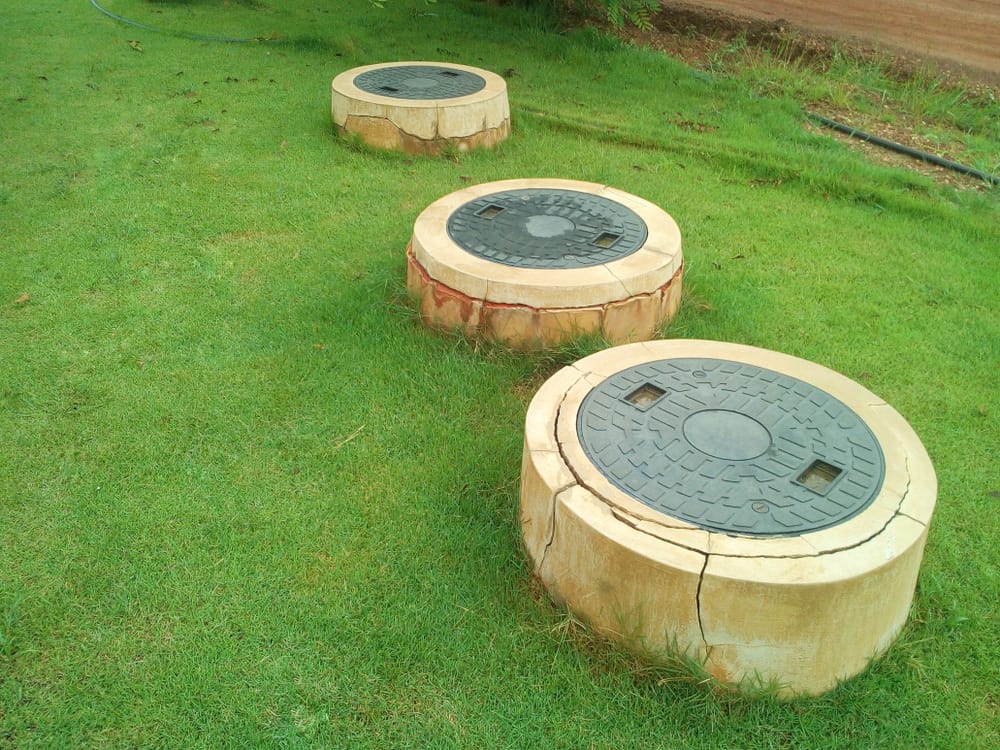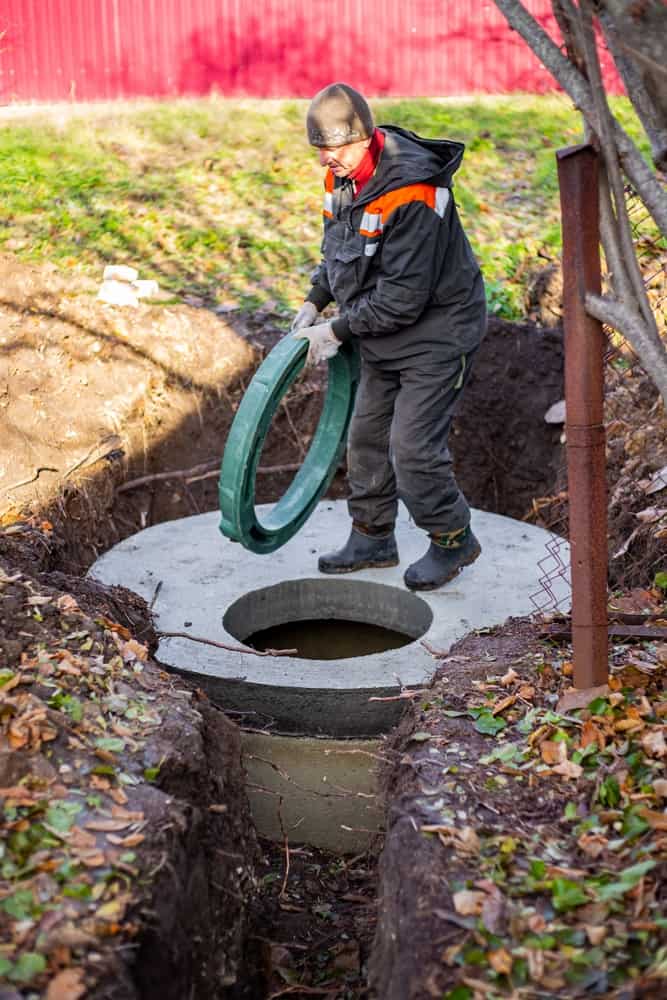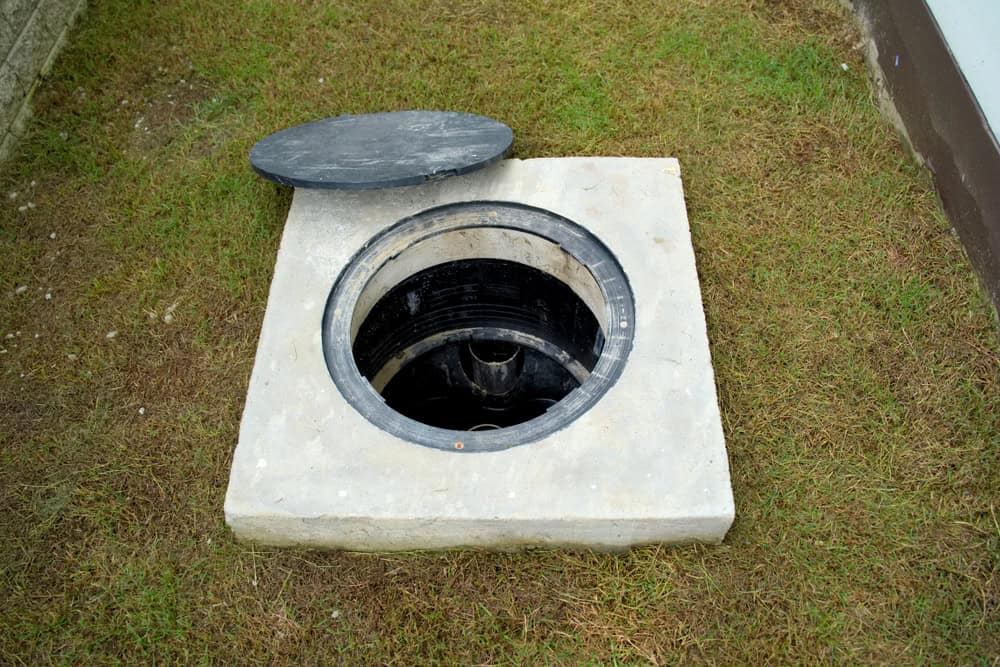What You Need to Know About Cesspool vs. Septic Tank Maintenance
Maintaining a cesspool or septic tank is an important part of keeping your home’s plumbing system functioning properly. Both cesspools and septic tanks are used to store and treat wastewater, but they have different maintenance requirements. Understanding the differences between the two systems can help you ensure that your home’s wastewater is properly managed.
Cesspools are large, underground tanks that are used to store wastewater. They are typically made of concrete or plastic and are designed to allow wastewater to settle and separate. Cesspools do not have any mechanical components, so they require minimal maintenance. However, they must be emptied periodically to prevent them from overflowing.
Septic tanks are larger than cesspools and are designed to treat wastewater. They contain mechanical components, such as pumps and filters, which help to break down solids and remove contaminants from the wastewater. Septic tanks must be inspected and serviced regularly to ensure that they are functioning properly. This includes checking the tank for leaks, inspecting the mechanical components, and pumping out the tank when necessary.
Both cesspools and septic tanks require regular maintenance to ensure that they are functioning properly. Cesspools should be emptied periodically to prevent them from overflowing, while septic tanks should be inspected and serviced regularly to ensure that they are functioning properly. Understanding the differences between the two systems can help you ensure that your home’s wastewater is properly managed.
Comparing the Pros and Cons of Cesspools and Septic Tanks
Cesspools and septic tanks are two common wastewater management systems used in residential areas. Both systems have their own advantages and disadvantages, and it is important to understand the differences between them in order to make an informed decision when selecting a wastewater management system.
The primary difference between cesspools and septic tanks is that cesspools are simply large, underground pits that collect wastewater, while septic tanks are more complex systems that use a combination of tanks, pipes, and drain fields to treat wastewater.
Cesspools are the simpler of the two systems, and they are often less expensive to install. They are also relatively easy to maintain, as they require only occasional pumping to remove the accumulated wastewater. However, cesspools are not as effective at treating wastewater as septic tanks, and they can be prone to overflowing if not maintained properly.
Septic tanks are more complex and expensive to install than cesspools, but they are more effective at treating wastewater. They use a combination of tanks, pipes, and drain fields to separate solids from liquids, and the liquids are then treated with bacteria to break down the waste. Septic tanks also require regular maintenance, including pumping and inspections, to ensure that they are functioning properly.
In conclusion, both cesspools and septic tanks have their own advantages and disadvantages. Cesspools are simpler and less expensive to install, but they are not as effective at treating wastewater. Septic tanks are more complex and expensive to install, but they are more effective at treating wastewater. Ultimately, the decision of which system to use should be based on the individual needs of the property owner.
Understanding the Differences Between Cesspools and Septic Tanks: Maintenance Requirements and Costs
Cesspools and septic tanks are two common wastewater management systems used in residential areas. While both systems are designed to collect and treat wastewater, there are significant differences between them in terms of maintenance requirements and costs.
Cesspools are large, underground tanks that collect wastewater from a home or business. The wastewater is stored in the tank and then slowly released into the surrounding soil. Cesspools require regular maintenance, including pumping out the tank every three to five years. This process can be costly, as it requires the services of a professional. Additionally, cesspools are not designed to treat wastewater, so they can be a source of pollution if not properly maintained.
Septic tanks, on the other hand, are designed to treat wastewater before it is released into the environment. The tank is filled with bacteria that break down the wastewater, removing harmful contaminants. Septic tanks require regular maintenance, including pumping out the tank every three to five years. This process is typically less expensive than pumping out a cesspool, as it does not require the services of a professional. Additionally, septic tanks are designed to treat wastewater, so they are less likely to be a source of pollution.
In conclusion, cesspools and septic tanks are two common wastewater management systems used in residential areas. While both systems are designed to collect and treat wastewater, there are significant differences between them in terms of maintenance requirements and costs. Cesspools require regular maintenance, including pumping out the tank every three to five years, and this process can be costly. Septic tanks, on the other hand, require regular maintenance, including pumping out the tank every three to five years, and this process is typically less expensive. Additionally, septic tanks are designed to treat wastewater, so they are less likely to be a source of pollution.





